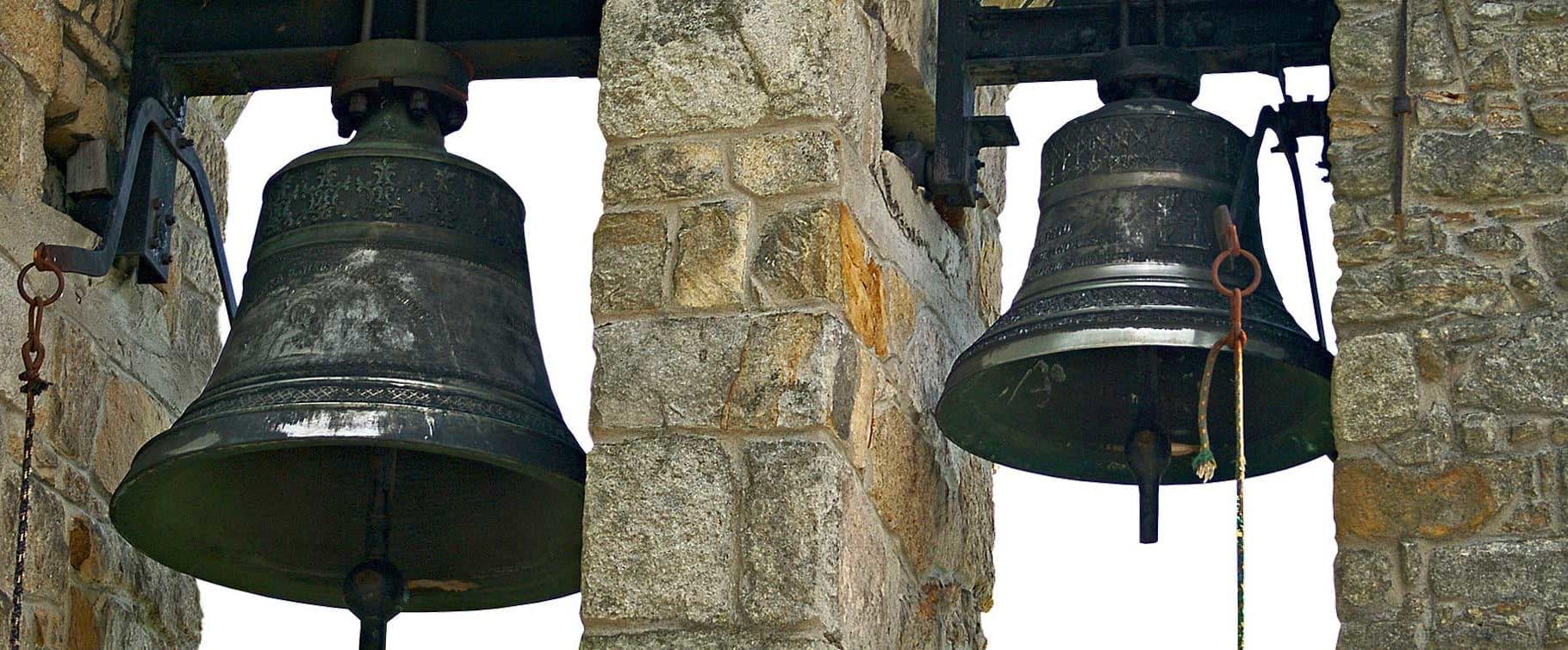History of the Paccard foundry
Bells and bells have existed since antiquity in many civilizations. Among Christians, the sound of the bell became a symbol of spiritual unity as early as the 4th century. Until the 19th century, saintiers were itinerant, melting bells in situ, close to the churches or abbeys for which they were intended. When the trade settled down, foundries were created. The Paccard foundry is one of them. It is also one of the last three French foundries in operation, of the hundred or so that still existed before the First World War. Founded in 1796, the Paccard foundry has been perpetuating its ancestral know-how for 7 generations. By the end of the 19th century, it was already world-renowned. She spread the Belgian fashion for wind chimes to France. In 1891, he was responsible for casting France’s largest bell, the Savoyarde, which still stands on the Sacré-Coeur in Montmartre. Other famous bells to emerge from the Paccard workshops in the course of history include the Jeanne-d’Arc, the carillon at Chambéry, which is also the largest in Europe, and the world’s largest flying bell for Canada. Some are classified as historic monuments. After a successful open house in the 80s, the Paccard family decided to create a museum dedicated to the art of bell making.
Visit to the Paccard bell museum
The Paccard Museum offers a variety of tours, from guided tours of the foundry to casting demonstrations and educational tours. On a self-guided tour, you can explore 7 exhibition rooms and 2 projection rooms to discover the history of the foundry, the different manufacturing techniques, the secrets of carillons, and famous drones and bells. Guided tours of the workshops take you into the world of bell casting, through all the stages of production. Three documentaries are shown in the video rooms: one devoted to the manufacture of the world’s largest ringing bell, another to the commissioning of the world’s largest bell, and a final one devoted to the biggest bell-making project of the century. The foundry has also developed the Ars Sonora artistic concept: all day long, musical demonstrations allow visitors to discover the sound quality of Paccard bells. Concerts are also regularly scheduled. The site also features a bell and chime store, as well as a relaxation area with bar and restaurant services.
Rates and opening hours
Self-guided tours cost 8 euros full price, 7 euros reduced price, and 5 euros for children. It can be booked all year round, with the exception of Thursdays, which are devoted to discovery tours. Guided tours of the workshops are subject to a supplement of 4 euros (3 euros for children and 3.50 euros for concessions). They are offered outside the foundry workers’ working hours, i.e. every day during the first 3 weeks of August, as well as on Friday afternoons and weekends from April 15 to October 15. Guided tours of the entire museum and foundry are available for 12 euros full price, 10.50 euros reduced price and 8 euros children’s price. The Paccard bell museum is located in Sévrier in the Auvergne Rhône Alpes region, 10 km from the l’Idéal campsite and close to Menthon Saint Bernard, Talloires and Veyrier du Lac. Take advantage of your stay near the Venice of the Alps and its famous mountain lake to visit it! A simple visit to the museum takes about an hour. It is available all year round, from 10:00 to 12:30 and 14:00 to 18:30 on weekdays in July and August (afternoons only on Sundays and public holidays). Out of season, we close earlier, at 6 p.m. in May, June and September, and at 5.30 p.m. the rest of the year. Visits to the foundry are possible from mid-April to mid-October. Nearby, take a stroll along the lakeshore or climb to a higher elevation to get a better view of the lake from the surrounding mountains in Haute Savoie, and visit the Vieux abbey in Annecy to find out even more about the Paccard bells!

